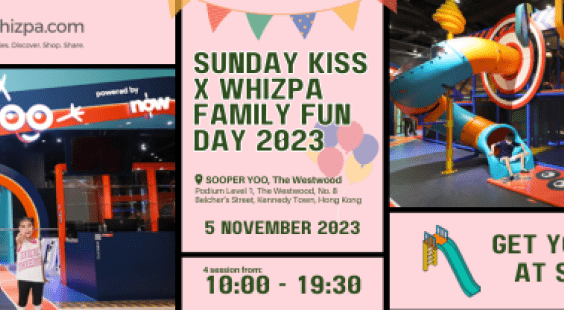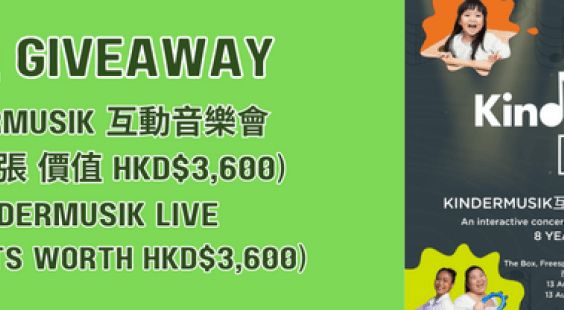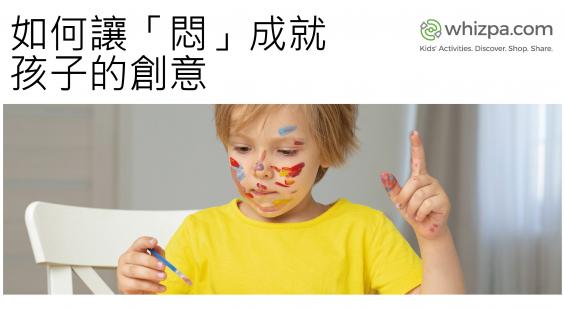
Chinese New Year Activities
Chinese New Year (CNY) is the most festive season of the year. As the Lunar New Year symbolises the rejuvenation of all things, not only will there be festive decorations all over Hong Kong, but many families will also take the opportunity to replace old things with new ones to welcome the arrival of the new year.
Our Chinese New Year customs are a reflection of Hong Kong’s long history and it’s deep Chinese culture. It is well-worthwhile to understand and experience these customs. To give parents some ideas, the Whizpa team has prepared a list of workshops and good places to go during the upcoming Chinese New Year holidays. Hopefully this will help children develop a deeper understanding of the traditional customs in Hong Kong, and let them have a happy and enriching Lunar New Year holiday!
Hong Kong offers many long-standing Lunar New Year activities. Aside from the more well-known Chinese New Year celebrations such as the CNY fireworks display and parade, there are actually other new year activities in Hong Kong that are great to experience with your kids.
Lam Tsuen Well-Wishing Festival
(Source: http://www.discoverhongkong.com/tc/see-do/events-festivals/events-calendar/details.jsp?id=74748)
The Lam Tsuen Wishing Trees are two banyan trees that the villagers treat as a shrine. On the first day of the Lunar New Year, villagers write their name, birthdate and wishes on joss paper, tie their wishes (known as “Bao Die”) to oranges, and then throw them up into the trees. Nowadays, the Lam Tsuen Wishes have become a unique tradition for Hong Kong people, from which the Lam Tsuen Well-Wishing Festival has developed. At Lam Tsuen, children can participate in this special new year’s activity with their parents, and can also enjoy nostalgic snacks such as dragon’s beard candy and maltose sandwich crackers that are rarely found around Hong Kong today.
Che Kung Festival
(Source: http://www.discoverhongkong.com/tc/see-do/events-festivals/chinese-festivals/birthday-of-che-kung.jsp)
According to legend, Che Kung was a military commander during the Sung Dynasty (960-1279 AD) who protected and escorted the Song emperor south to Hong Kong to take refuge from invading Mongols. Later, he was also stationed in Sai Kung. Che Kung was believed to have the power to suppress disorder and disease, and became worshipped as a god of protection. Hong Kong people customarily go to Che Kung Temple on the second or third day of the Lunar New Year to pray for blessings. Spinning pinwheels are always present at the festival, symbolising the bringing of good luck and good wishes for the new year. Because the third day of the Lunar New Year is considered to be inauspicious for visiting others, people traditionally do not pay new year’s visits on this day. It is thus an opportunity to bring your children to visit the Che Kung Temple to experience a Hong Kong custom.
Aside from the festivals above, kids can also try extracurricular activities focused on Chinese culture or participate in CNY-themed workshops to make the Chinese New Year holiday even more meaningful.
Calligraphy Classes
Fai Chun (traditional decorations featuring auspicious sayings that are usually put up during Chinese New Year) represent our hopes for the new year. Unlike modern printed Fai Chun, traditional Fai Chun are all written by hand. Traditional calligraphy brushstrokes look dynamic and unique, very different from printed characters. The benefits of learning Chinese calligraphy include not just the ability to write characters beautifully, but also the ability to concentrate well. In order to produce a good piece of calligraphy, children need to learn to sit straight and concentrate on their writing without being distracted. These skills will be beneficial to kids’ development. Furthermore, calligraphy is also a form of art, and can help to cultivate an appreciation of art. This Chinese New Year, you can use writing Fai Chun as a reason to encourage your children to try Chinese calligraphy!
Handicraft Classes
(Source: https://whizpa.com/listings/kids-gallery-hong-kong#gallery-2)
New Year’s decorations can bring a very festive atmosphere to your home. On the 28th day of the month before Chinese New Year, it is customary for Hong Kong people to thoroughly clean their homes to sweep away the bad luck of the old year and prepare their homes for good luck in the new year. After the cleaning, families usually decorate their homes with festive and auspicious red-coloured decorations to welcome the new year. In Hong Kong, there are handicraft classes specially designed to teach children how to make new year’s decorations. Among these are new year’s decorations based on popular cartoon characters such as red lanterns featuring Peppa Pig and Lightning McQueen, or red envelope designs featuring Iron Man. Combining the traditional with the modern can be an effective way to interest children in learning more about Chinese traditions. Doing arts and crafts can help children practice hand-eye coordination, and encourage them to show their artistic talent.
Writing/Drama Classes
A new year on the Chinese calendar is also represented by a new Chinese zodiac animal. Next year is the Year of the Dog, and quite a few activity providers are offering different dog-themed activities and classes. For example, a creative writing learning centre has launched a puppy-themed creative writing class to encourage kids to develop their written universe and create their own Chinese zodiac story. A drama school is also organising Chinese New Year workshops that will immerse children in story-telling performances as another way to celebrate the Year of the Dog.
Chinese New Year Camp
In addtion to regular classes, some education providers will host CNY camps or Funday for children and family to participate during the long Chinese New Year holiday, such as ActiveKids Chinese New Year Camp or ESF Chinese New Year Sunday Funday.
After your children participate in workshops or classes, please do leave a review on whizpa.com. We would like to wish all children a new year full of laughter and learning!








